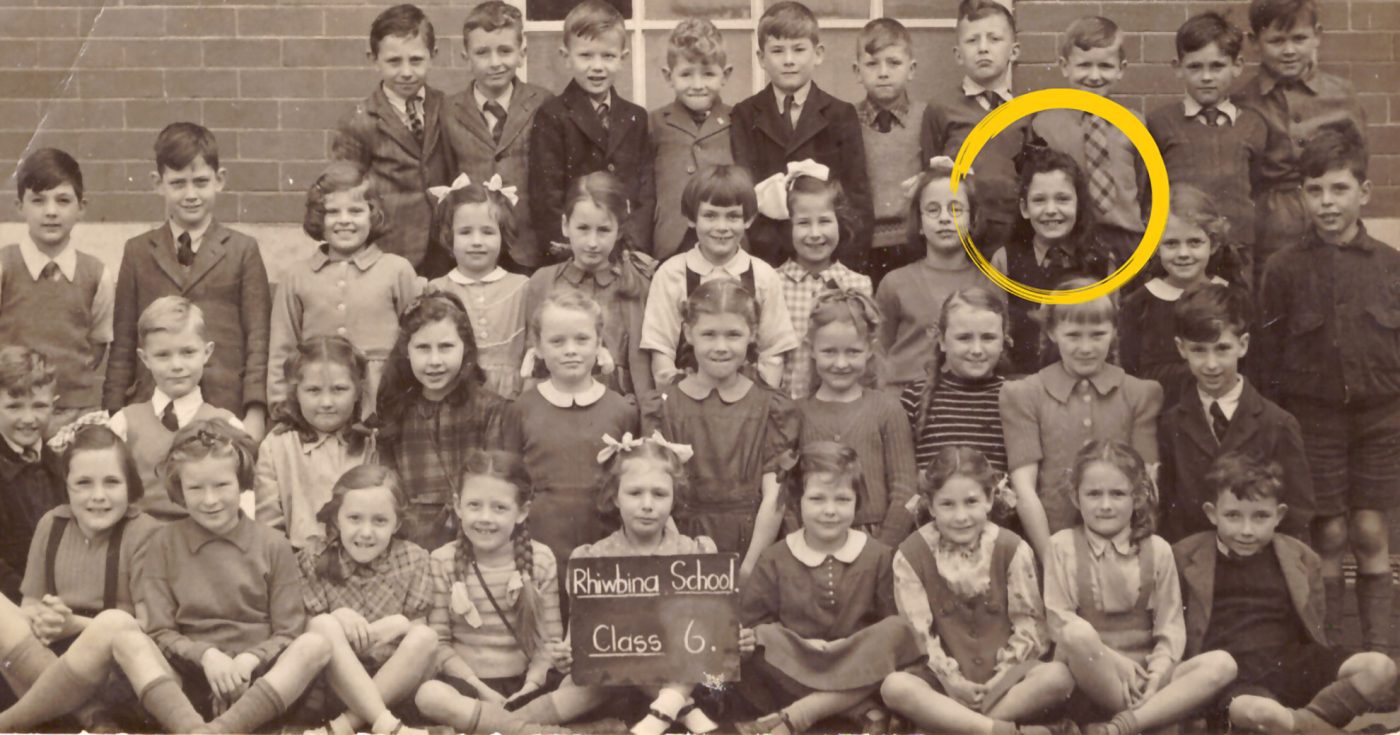Legacy Memoirs
Queen of the Village
There aren’t many people who have witnessed Rhiwbina’s transformation from a quiet hamlet to a bustling village. But Dianne Bartley is one of them
“I can’t begin to tell you how beautiful Rhiwbina was back in the day.”
When it comes to our village, Dianne Bartley has seen it all. From rolling green hills to suburban splendour, the great-grandmother has played her own part in Rhiwbina’s history.
“I moved to Rhiwbina at the age of three in 1939. My father, Harry Marjoram, was a golf professional and my parents had relatives who sat on the committee of the Garden Village. The committee kindly offered my parents a house in the Garden Village to rent while they were having another one built. But then war broke out and building stopped.
“My mother, Charlotte Marjoram, was a Llandaff girl and she was reluctant to move away from Rhiwbina so we stayed there.”
Dianne recalls her happy childhood in the village, when things were very different.
“We lived on Pen-y-Dre with the stream just behind us. It was fantastic. There were hardly any cars; you could almost count them and you knew who owned them. We were right out in the country and there were only a few main roads – the ones in the Garden Village, Wenallt Road, a little bit of Rhiwbina Hill, and Pantmawr Road was just a narrow road with farms at the bottom.”
Life in those days was a lot more serene than today’s Rhiwbina.
“We used to whip and top on the road in Pen-y-Dre because of course, there were very few cars around. The library wasn’t there either when we were children. It was just a little green patch with trees on it. I don’t think we realised at the time what a beautiful environment we were in.”
Dianne attended Rhiwbeina Primary School on the outskirts of the Garden Village.
“The school was out in the fields and I remember walking there in a gas mask because the war was on,” says Dianne. “I think I had a Mickey Mouse gas mask because I was small at that time. My main ambition was to have a mask in a brown box because they were for older children and mine was in a black tin.
“Mr Pugsley was the headmaster and he was a lovely man. Miss Price was my first teacher at the age of five in 1941. She would draw beautiful pictures on the blackboard in chalk.
“We were also taught how to thread beads onto cotton and we’d often have to suck the end of the cotton that had been sucked by another child the day before. I distinctly remember there was an alphabet on the wall and I can still recite what it said to this day. And then there would be the milk that would sit outside in all weathers; we’d literally watch it curdle during the summer months.”
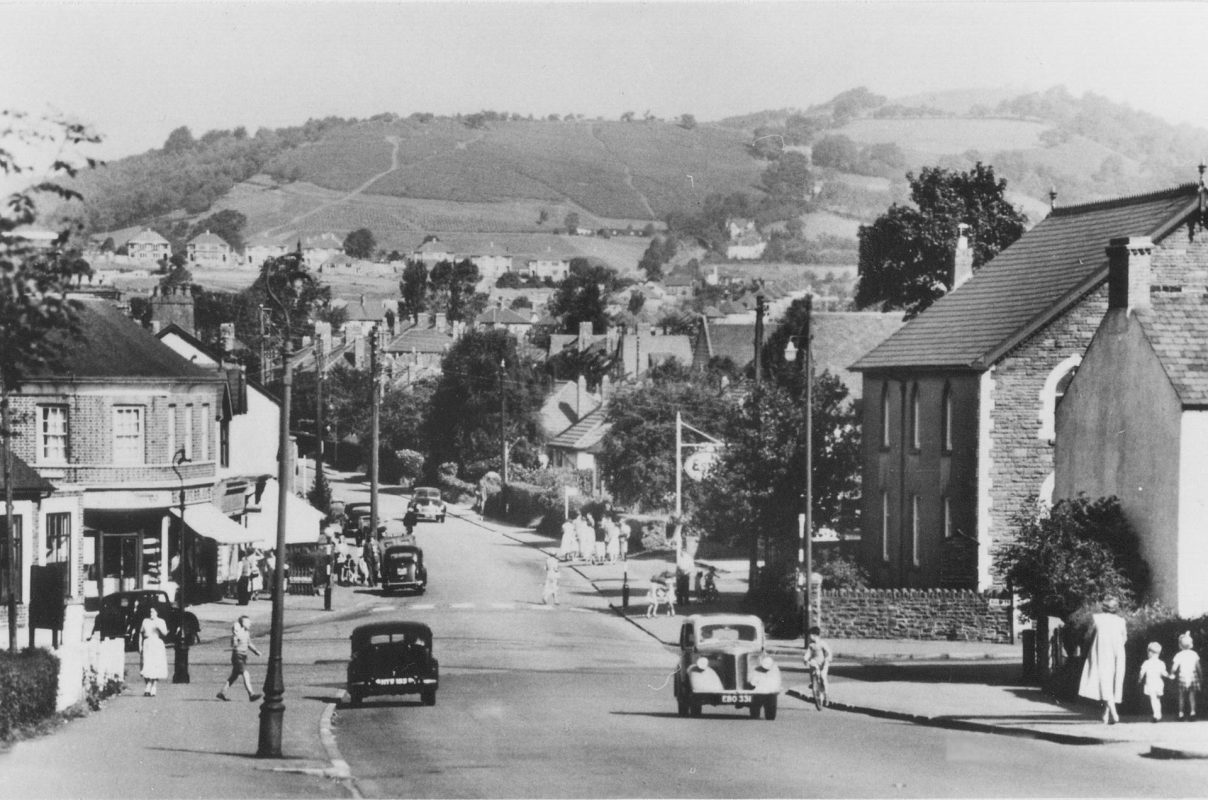
But the war years were also a time of fear and worry.
“We had an Anderson Shelter made from very heavy metal in our dining room and it almost filled the room. When the siren went off, our neighbours would come in to use it.
“Pantbach Road past the Monico area was bombed and I remember many times, my Dad would take me out of bed and put me in the shelter because the siren had gone off. I remember there were these huge balloon-type barrages floating in the sky to stop the bombers coming in. All the children in the area were allocated houses to go into in case of a bombing, and we had three children who came in, only once though on a ‘dummy run.'”
Growing up during the war years brought out the kindness in people.
“Everyone was so caring during those war years. We had neighbours who would go and pick raspberries and make desserts out of them. They’d shout over to ask if we wanted any. Because of the rations, everyone shared what they had and there was a deep concern about everyone else.
“We’d often know who was ill based on whether their bedroom fires were lit, which didn’t happen that often because of the shortage of coal. We once had a telegram that was passed down the street to Mrs Jones and we were all worried as telegrams were only ever sent in the event of a marriage but more often than not, bad news from the frontline.
“We were allowed to pick bluebells and primroses back then so neighbours would often bring some to your house from the Wenallt.
“Christmas was pure magic. I had my first taste of peaches and pineapples one year. They had come from tins that the American soldiers had handed to the villagers as they marched down Heol-y-Deri. My mum had put them away for Christmas.”
Dianne’s parents eventually moved away from the Garden Village to a house near the Butchers Arms.
“Everything past the Butchers Arms was just all fields. Ty Gwyn Road and Heol Iscoed weren’t built and near the pub; where there are now bungalows, there was a little cottage with a small duck pond outside.”
The fields stretched all the way up to Wenallt Road in the north, and Rhiwbina Hill in the west.
“The Deri pub was still a farm back then, run by Farmer George. My husband’s parents owned the Deri Stores opposite; it was a tiny little shop and they just sold a few things. After the war had ended, they did start selling ice-cream.
“I remember people used to come down from the Wenallt and you could see them with sticks. They’d pick primroses and tie them to these sticks, and they’d come past the shop, happy and laughing.”
Village life back then was a world away from the hustle and bustle of today.
“I remember the shops. There was Beads the Chemist; Miss Llewellyn had a tiny shop selling children’s clothing and wool. There was Rayboulds and there was Lloyds the sweet shop. Then we had Grooms the greengrocers.
“On Heol-y-Deri, there was a bungalow that was Tanner’s Dairy and it had an entrance on the side. They sold cream, eggs and milk. Then on Beulah Road, there was Jones the Chemist and Goochs.
“The village also had memorable characters. There was Arthur Davies who ran Wilsons and he was quite formidable. Then there was ‘Copper Lewis’, the local policeman who lived on Heol-y-Deri. If we saw him, we’d all respect him.”
As Dianne grew into a young adult, her life would change too.
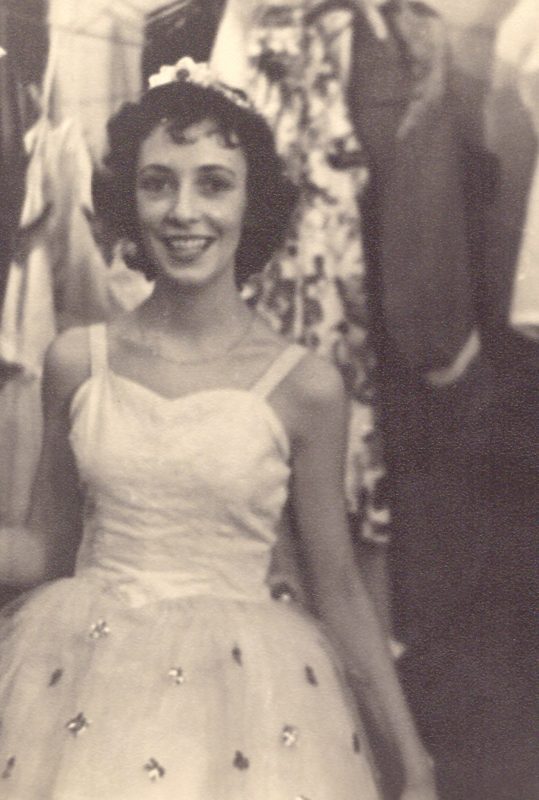
“There were two main hubs in the village when I was younger – Beulah Church and the Scouts. Beulah Church thrived back in those days – it was bursting at the seams. My parents were Church of England but I went to Beulah because my friends went there and I was also a Sunday School teacher.”
The Scouts were the other major force in the village, based at the Scouts Hall on Heol-y-Bont.
“I met my future husband when I was in Girl Guides. I must have been around the age of 11 or 12 when they decided to do a pageant. He was 7 years older than I was. I was dressed as Pocahontas and he was dressed up as Capt. John Smith and we were put together. The other girls were envious of me because I was the only one to be set up with a boy.”
The Scout Hall quickly became one of the main focuses of the village.
“My husband was a Scout Master and pantomimes became the big event in the village. We had a Scout Master who’d come over from Yeovil. He had a wonderful singing voice and he produced the first panto and brought in these girls with beautiful voices. He even hired costumes from London.
“He eventually went to Africa so my husband and his brother took over running the pantomimes. I became a Fairy Queen around the age of 16 and we thought that we were chocolate because we were chosen to go with all the boys.
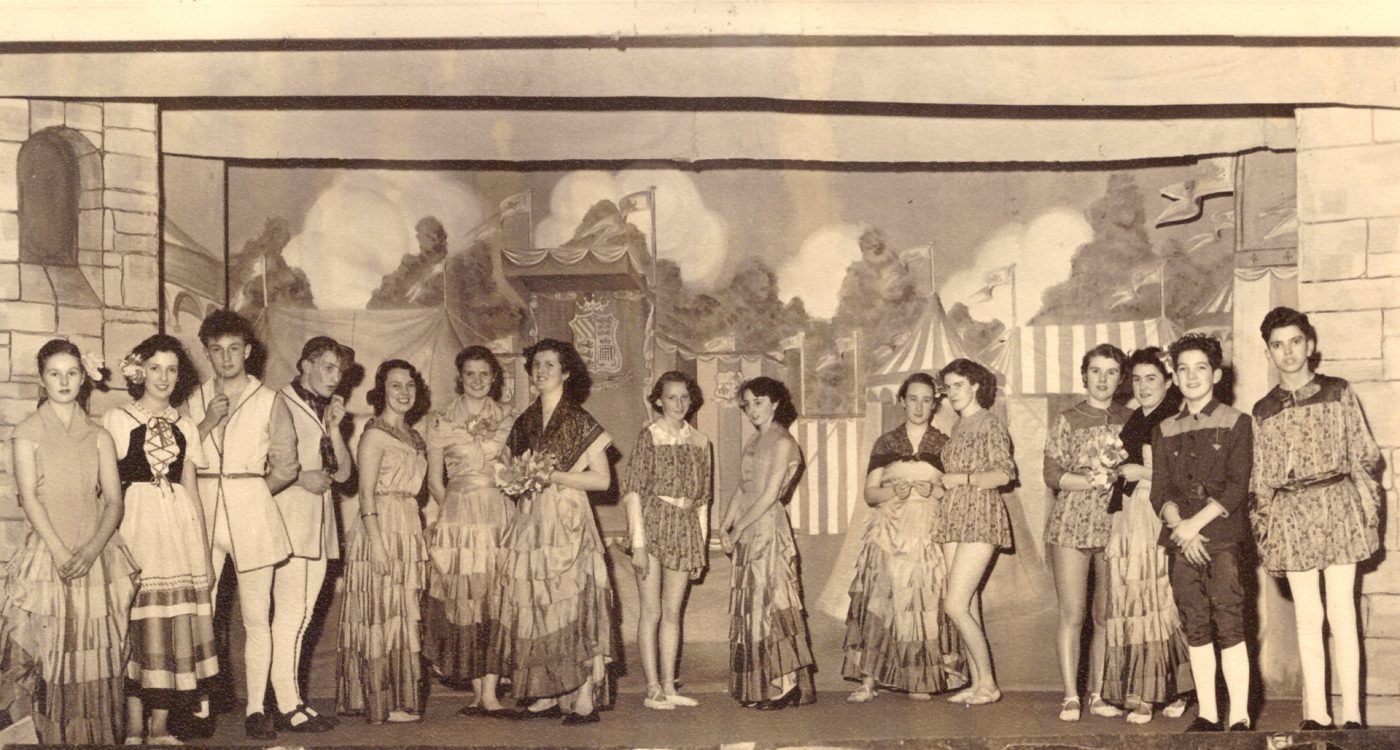
“These shows went on for years, and always took place the week before Christmas. They were so much fun. We were eventually asked to go to the Prince of Wales Theatre to perform.
“Beulah had a youth club and a Sunday School too at that time and as there were no TVs, that is what we did. That was my life until I got married in 1957 at the age of 20. Out of the Scout group, seven couples got married – five in one year, and two the following year.”
But as in all aspects of life, the incessant march of time and change began to shape Rhiwbina.
“By Beulah Church, you used to be able to see the stream. And as children, we used to put leaves in there and watch them come out the other side of the bridge. It’s now built up beyond measure so you can’t do that anymore.
“The village started to spread. Heol Llanishen Fach got built and it was all different from then on. Pen-y-Dre was extended and people complained when the half-made footwalks on Heol-y-Deri were covered in tarmac and made into proper pavements.
“I can remember distinctly when Pantmawr Estate was built – there was uproar! Manor Road at that point was hardly a road at all.”
Dianne left the village ten years ago when she downsized:
“My husband died and I stayed in Rhiwbina for five more years but the house was too big for me. I’m cosy where I am now.
“I have such fond memories of Rhiwbina as it used to be; but I also find it hard – if I sit down and think too much, I feel really sad.
“I think back to the times when we’d run to the bridge on Pantbach Road and breathe in the smoke coming from the steam trains as they passed underneath. And the times we’d go to the Monico on weekends. They were wonderful times.”

Having produced two children, five grandchildren, and two great-grand children, Dianne’s performing legacy still lives on through her daughter Debbie, who runs Debbie Chapman Dancers – in the same Rhiwbina Scout Hall in which Dianne used to perform.
“The place has hardly changed in all these years,” says Dianne. “It’s nice to know that some things stay the same.”
Legacy memoirs - the perfect gift for loved ones
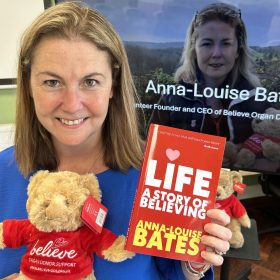
Patric took my story, crafted it, published it, and made me a bestselling author
I wouldn’t have trusted my story with anyone else. I am so happy.

